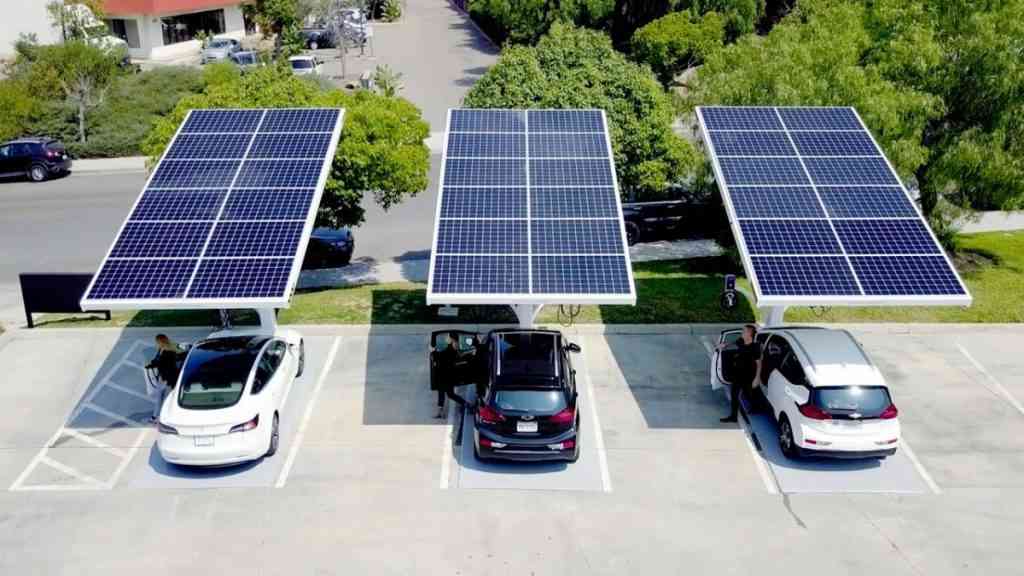
By Burzil Dube
HWANGE is usually associated with coal mining and electricity generation and at the same time considered to be among the hottest regions in Zimbabwe all year round.
Coal mining and power generation are two distinct entities which are both carried out in Hwange with the latter solely dependent on provision of the ‘black diamond’ for thermal energy needs.
Black diamond is street lingo for coal which has become the most sought after fossil.
The town is also one of the country’s few urban settlements administered by four separate organisations, namely Hwange Colliery Company, Zimbabwe Power Company, National Railways of Zimbabwe and Hwange Local Board.
Plans to upgrade the town to municipality status have been on the drawing board and it seems this could remain a pipe dream as the issue continues being as slippery as an eel.
Hwange district, situated in Matabeleland North province, is home to the country’s Big Five which are domiciled in Hwange National Park.
As the name suggests, this does not need any form of explanation only to mention that this wild animal sanctuary is among the largest within the Sadc region.
- Chamisa under fire over US$120K donation
- Mavhunga puts DeMbare into Chibuku quarterfinals
- Pension funds bet on Cabora Bassa oilfields
- Councils defy govt fire tender directive
Keep Reading
The Big Five refers to animals such as the elephant, lion, rhinoceros, leopard and buffalo. Such types of wildlife are in abundance at this game reserve which some individuals mistakenly assume is located somewhere within or adjacent to Hwange town.
However, it is located about 60 kilometres southeast of the coal mining town near an upcoming business centre known as Dete.
A few kilometres from the Hwange town’s shopping centre, there is an untapped tourism feature popularly known as the Kamandama Memorial Site.
This particular area is where 427 miners who were employed by the then Wankie Colliery Mine perished in an underground explosion on June 6, 1972. It is believed that the explosion was caused by methane gas. Every year on this particular calendar date, the Kamandama Commemorations are held at the site.
The local community and the world at large would be paying homage to all those miners who died in the Kamandama Underground Mine shaft.
If properly marketed, this could become a force to reckon with within the travelling and touring sector.
Hwange is also known as a gateway to Victoria Falls, the prime tourist destination which is 100 kilometres southwest of the coal mining town.
Anyway, let put this temporarily aside as we tackle untapped village tourism.
Various tourist guides in the past few years used to conduct village tours in Hwange town’s high-density suburbs and other related areas.
Yours Truly was once part of a media delegation that was on a ‘village tour’ of Hwange suburbs, namely Mpumalanga, Baobab, Lwendulu and Ingagula. This happened a few years ago when village tours were popular within this town.
The main thrust of members from The Fourth Estate for being in Hwange was to attend the Kamandama Commemorations whose site is situated in Madumabisa which also popularly known as Number 2 Village.
This village tour was, however, spontaneously necessitated by a group of foreign tourists whose main objective was sightseeing of the above-mentioned suburbs as a supplementary holiday package offered by their host travel agent.
During that particular period of the village tour, most suburbs’ road network infrastructure was somehow commendable and Yours Truly will certainly analyse their current status in the next column.
No prisoners will be taken and facts are usually stubborn.
Yours Truly had never been on a village tour before and used to consider it as one of those not so interesting day trips.
To the uninitiated, village tourism is no longer limited to rural communities, but to urban centres and it is proving to be a hit even among domestic visitors.
In Mpumalanga’s DRC suburb, tourists and a couple of scribes did their sightseeing along the business centres as well as Gajitunda, a popular imbibing place where all and sundry converged for leisure purposes.
It was really a joy taking such walks in the midst of the high-density suburb of DRC.
Let us leave it for another day on how the name ‘DRC’ came about.
Similar village tours were conducted along the popular and majestic Gebhuza Road as well as Sinderella suburb which are both situated within the Colliery concession area. Some of the areas visited included the so-called central business district and sports facilities adjacent to the long distance bus terminus.
More on their current status in the next episode of this column.
The last village excursion was Ingagula suburb which was and is still under the custodianship of the Zimbabwe Power Company, a subsidiary of the Zimbabwe Electricity Supply Authority (Zesa).
As for the present state of the road network system in this particular suburb, stay tuned in the forthcoming column.
As earlier alluded, Yours Truly will critically analyse the three suburbs’ infrastructure on determining if the coal mining town is still conducive for village tourism.
Your guess could be as good as mine.
Meanwhile, kudos to the Bulawayo City Council which recently highlighted progress made during its first phase of the emergency road rehabilitation programme.
Special mention goes to commencement in rehabilitation of the iconic 16,3km Masiyephambili Drive which stretches from the Bulawayo-Victoria Falls turnoff to Bulawayo-Plumtree Road turnoff.
Excellent work indeed.
Yours Truly last week wrote about this particular highway especially imploring the powers-that-be on the urgency of such projects as they are a stepping stone to our tourism industry.
Till we meet again in the next column.
- Comments always welcome on: [email protected] or Twitter@DubeBurzil











